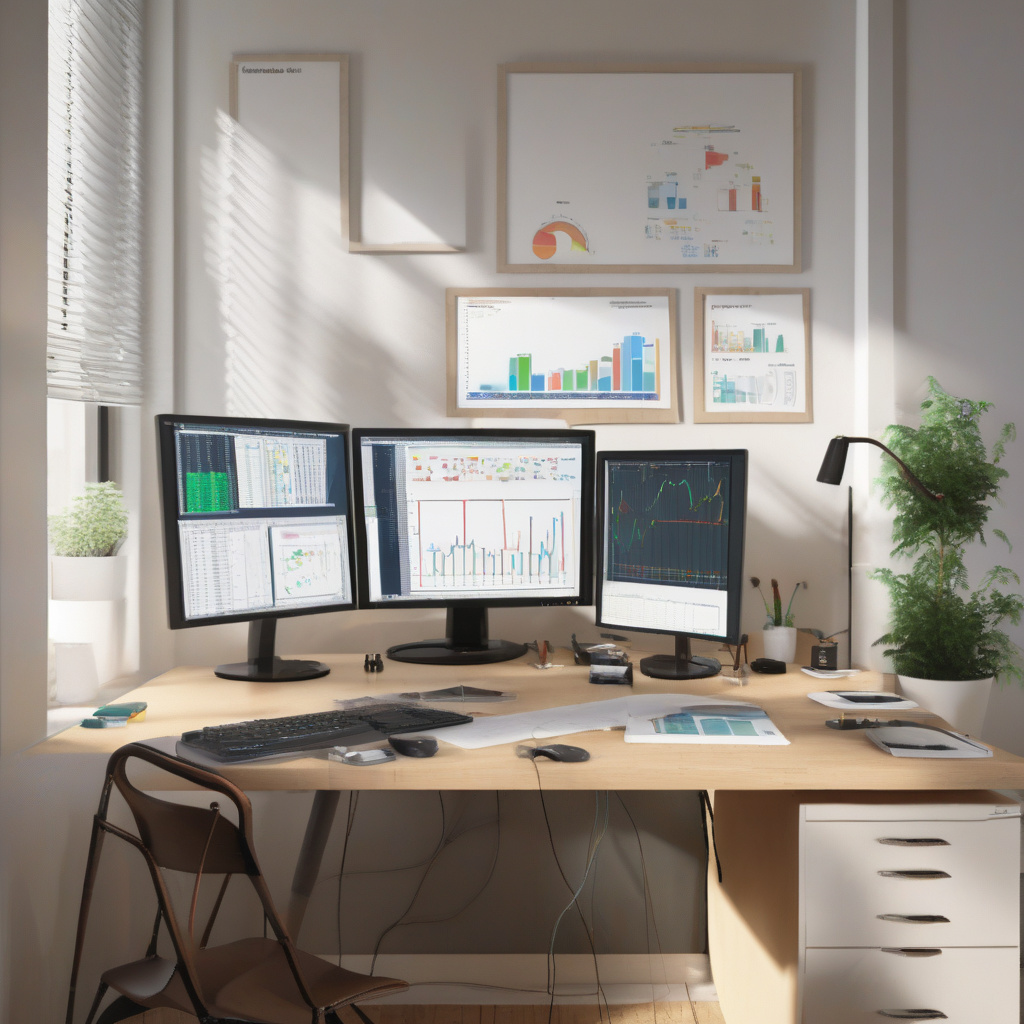In the competitive realm of big tech, mastering A/B testing in Python has become a crucial data science skill. Whether you are a seasoned professional or an aspiring data scientist, understanding the nuances of A/B testing can significantly enhance your career prospects and open doors to exciting opportunities in the industry.
A/B testing, also known as split testing, is a method used to compare two versions of a webpage or app to determine which one performs better. By randomly assigning users to either version A or B, analysts can measure the impact of changes such as design, content, or features on user behavior and make data-driven decisions to optimize performance.
Python, with its robust libraries and versatility, is a powerful tool for conducting A/B tests efficiently and effectively. Let’s delve into a comprehensive guide on how to leverage Python for A/B testing and why mastering this skill is essential for anyone looking to excel in the data science domain.
Why A/B Testing in Python Matters
In the fast-paced world of big tech, companies rely on data-driven insights to drive decision-making processes. A/B testing allows organizations to experiment with changes systematically, gather empirical evidence, and make informed choices based on statistical significance rather than intuition.
By using Python for A/B testing, data scientists can streamline the experimentation process, analyze results with precision, and derive actionable insights to optimize products or services. Proficiency in Python equips professionals with the tools to conduct rigorous tests, interpret data accurately, and communicate findings effectively to stakeholders.
Getting Started with A/B Testing in Python
To embark on your journey of mastering A/B testing in Python, you need to familiarize yourself with key libraries such as NumPy, pandas, and SciPy. These libraries provide essential functions for data manipulation, statistical analysis, and hypothesis testing, allowing you to perform A/B tests with confidence.
Here’s a simplified example to illustrate the A/B testing process in Python:
“`python
import numpy as np
from scipy import stats
Generate sample data for two groups (A and B)
group_a = np.random.normal(loc=25, scale=5, size=1000)
group_b = np.random.normal(loc=26, scale=5, size=1000)
Perform a two-sample t-test to compare means
t_stat, p_value = stats.ttest_ind(group_a, group_b)
if p_value < 0.05:
print(“Statistically significant difference detected between groups A and B”)
else:
print(“No significant difference found between groups A and B”)
“`
In this code snippet, we generate sample data for two groups, conduct a two-sample t-test to compare means, and determine whether there is a statistically significant difference between the groups based on the p-value.
Advanced Techniques and Best Practices
As you progress in your A/B testing journey, consider implementing advanced techniques such as sequential testing, Bayesian methods, and multivariate testing to enhance the sophistication of your experiments. These approaches can provide deeper insights into user behavior, minimize testing duration, and optimize decision-making processes.
Remember to adhere to best practices such as setting clear objectives, defining metrics, ensuring sample size adequacy, and interpreting results accurately to derive meaningful conclusions from your A/B tests. Effective communication of findings and recommendations is vital to influencing strategic decisions and driving business impact.
Conclusion
In conclusion, mastering A/B testing in Python is not just a valuable skill—it’s a must-learn data science skill to thrive in the competitive landscape of big tech. By honing your expertise in A/B testing techniques, leveraging Python’s capabilities, and staying abreast of industry trends, you can position yourself as a sought-after data scientist capable of delivering actionable insights and driving meaningful change.
So, roll up your sleeves, dive into the world of A/B testing in Python, and unlock a world of opportunities in the dynamic realm of data science and technology. Your future in big tech awaits—seize it with the power of A/B testing at your fingertips.

